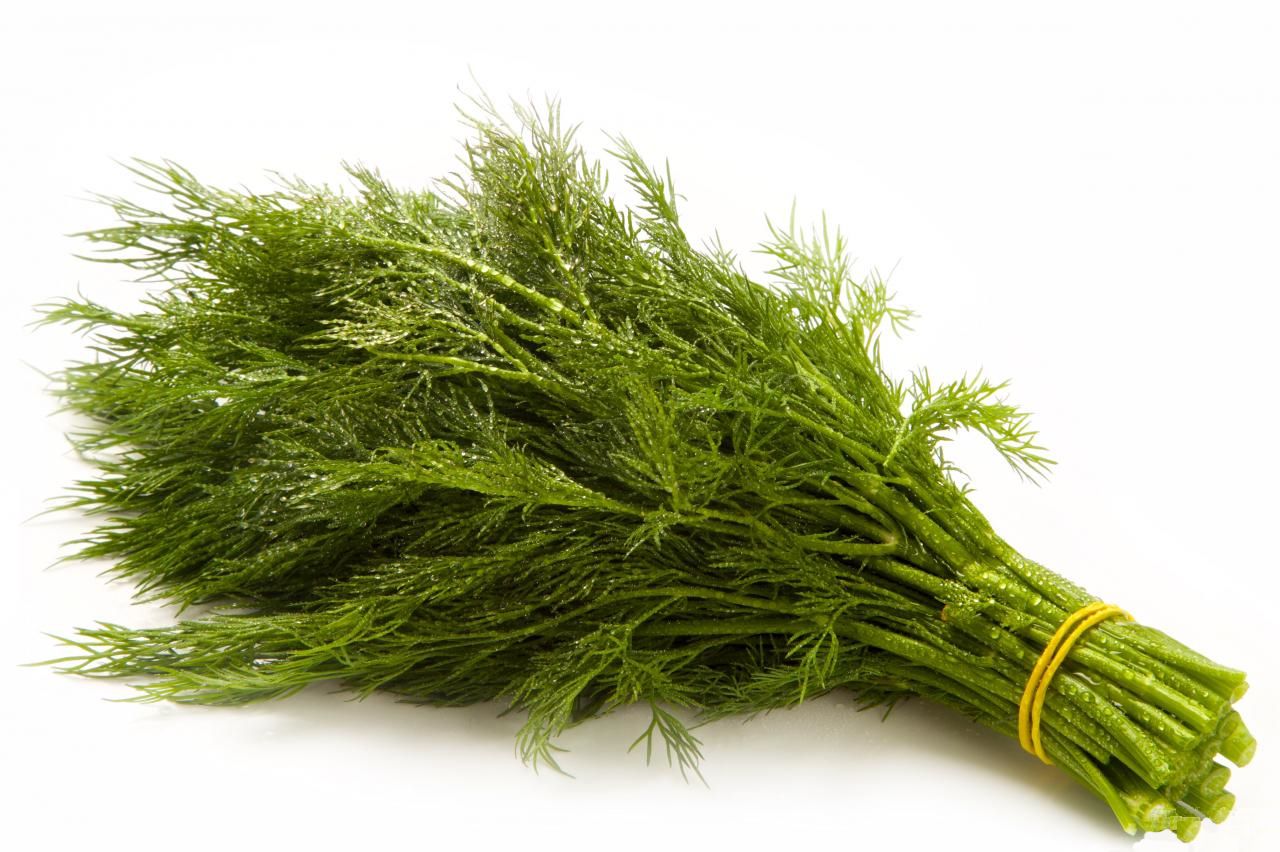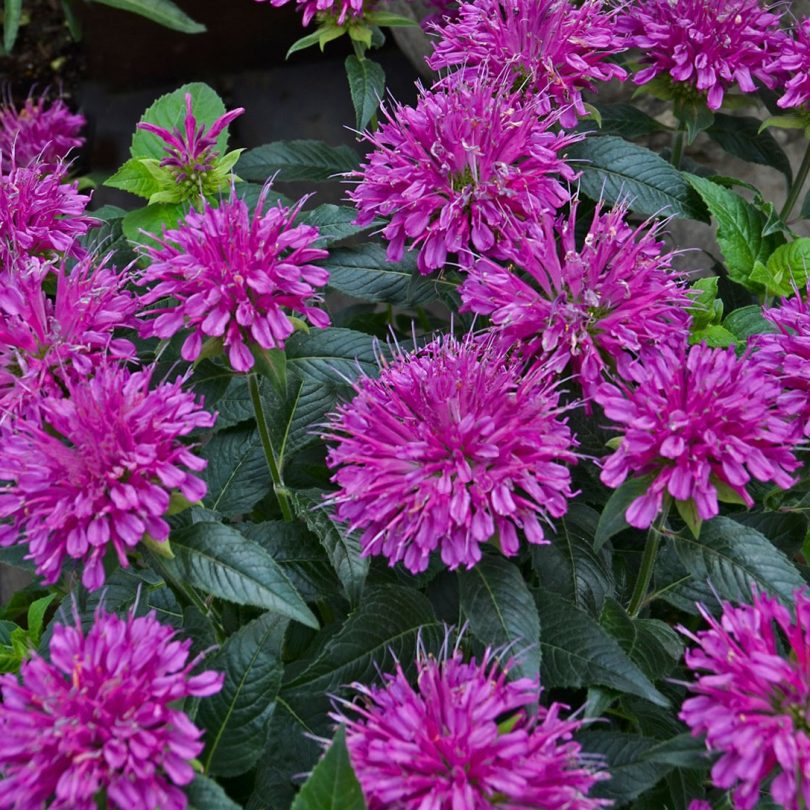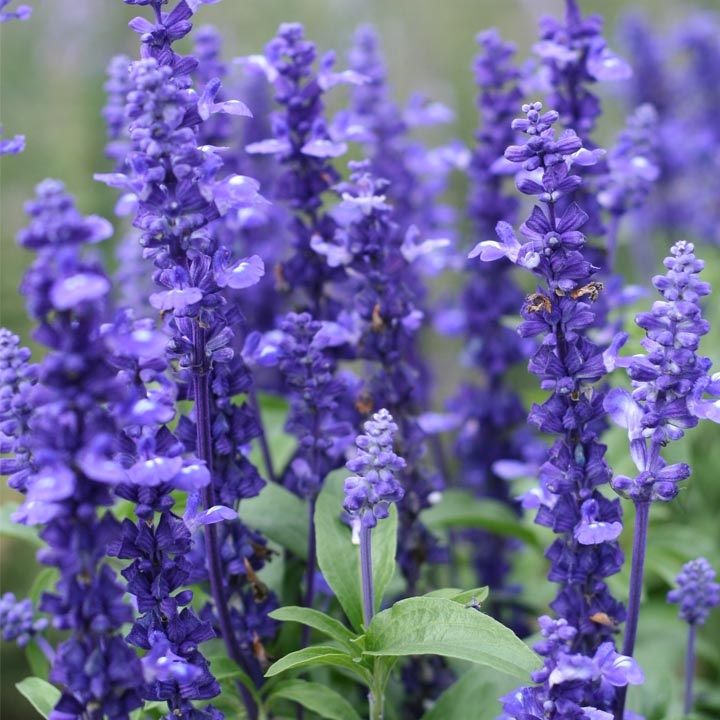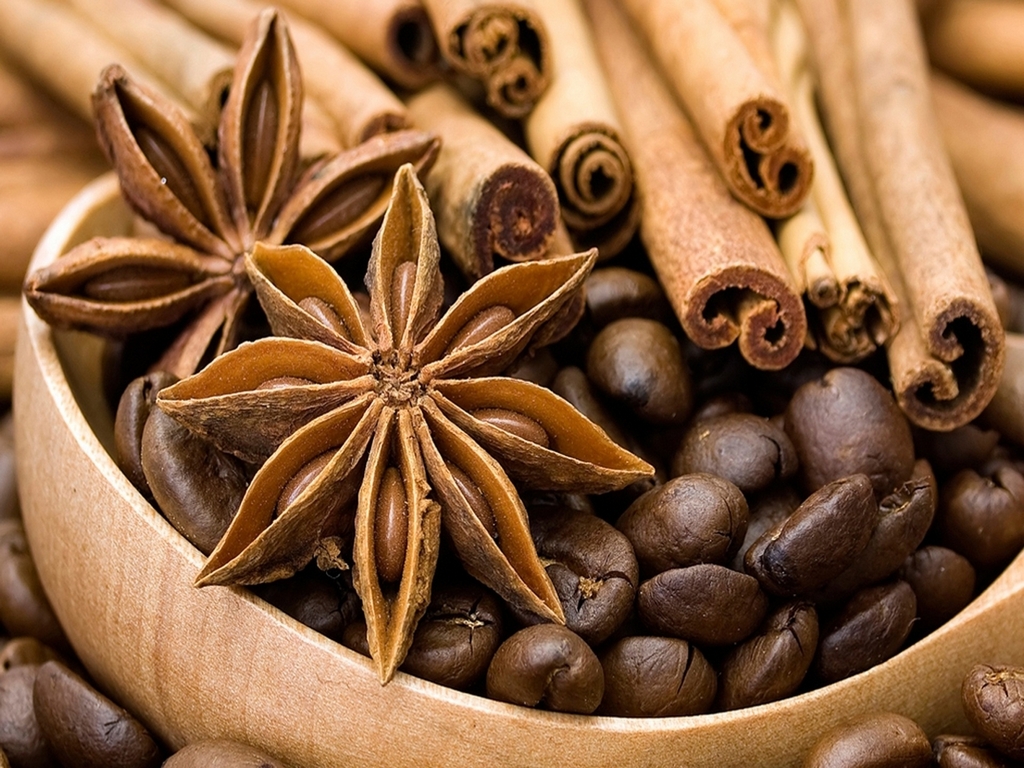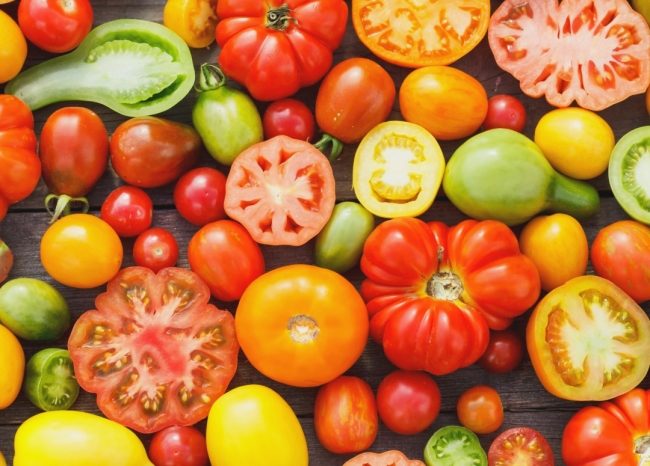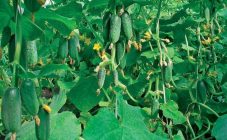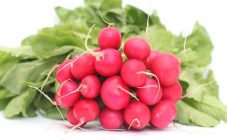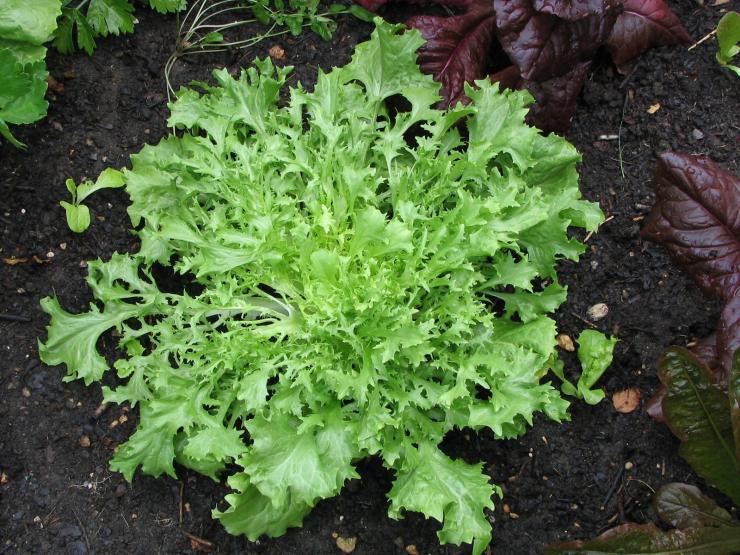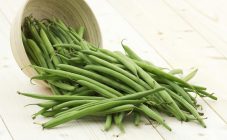The secret to preparing many dishes lies in the added seasonings. But what about those who don't like purchased dried plants? The way out is simple: just grow herbs on your own plot. They will not only improve the taste of homemade food, but also become an effective medicine for many diseases. It is worth considering a list of several of the simplest and most affordable varieties of such garden herbs. Perhaps information about them will be a discovery for novice gardeners.
Dill
A herbaceous plant belonging to the Umbrella family. Annual. Under natural conditions, it is found in Central and South-West Asia. Received the widest distribution in cooking as a fragrant spice.
The stem is single, branched, from 40 to 120 cm high. The leaves are three or four times pinnately dissected. The inflorescence is an umbrella about 15 cm in diameter. The seed-fruit is grayish-brown in color, having an ovoid shape. Dill blooms in the middle of summer.
It is undemanding in care, but it needs watering and rare feeding. In early spring, it can be grown on a windowsill for fresh greenery.
Types and varieties
There are several varieties of this fragrant plant that have earned the love of culinary experts:
- Richelieu. Mid-season variety with bluish-green leaves with a strong spicy aroma;
- Gribovsky. Widely known, odorous variety. Early ripening, resistant to temperature extremes, diseases;
- Grenadier. A variety suitable for producing young, fragrant umbrellas. Early;
- Kibray. Late variety, sensitive to sudden changes in temperature. Differs in thick, large leaves.
Beneficial features
Dill seeds contain beneficial essential oils. In addition to oils, the leaves contain some vitamins: A, C, PP, B1 and B2.
Dill in folk medicine is known as an effective remedy for flatulence. It can be used as a diuretic and expectorant.
There is, perhaps, no hostess who would not use the spicy greens of dill as a spice. It is added to soups, fish and meat dishes, sauces and snacks, salads and mushrooms. Aromatic umbrellas are irreplaceable in conservation, and fish dishes with vinegar are flavored with seeds.
For the winter, dill is dried, adding a little to ready-made dishes, in order to avoid loss of aroma.
Procurement terms
In folk medicine, the leaves of a fragrant plant are used, while seeds are officially considered a medicinal raw material.
They start harvesting fragrant grass in the country when about 70% of the seeds in the umbrellas have acquired a brownish color. The plant is mowed, hung to dry and threshed to separate the seeds.
Diseases and pests
Despite its unpretentiousness, periodically dill, like other spicy herbs in the garden, can be affected by the following diseases:
- Wet rot.It manifests itself in the form of slimy spots on the leaves, which turn yellow and die off. Transmitted from infected plant debris in the soil. Can be stored in seeds. Affected plants are removed from the site. Dig up the soil in the garden, remove plant residues, add humus or peat;
- Fusarium rot. It develops in plants located on heavy soils with stagnant moisture. It is expressed by lagging in growth, a change in the color of the leaves, and ends with drying out and death. Control methods are similar to those described above;
- Fomoz. Visually looks like dark spots on various parts of the plant. Infects neighboring healthy stems with spores. The diseased dill is removed. It is advisable to change seeds that may carry disease spores.
Measures for the control of carrot gall midge are similar. This is a small diptera insect, provoking the appearance of light thickenings-galls on the stem. Caterpillars live in these formations.
Monarda
Types and varieties
Among the varieties of monarda, the following are especially popular:
- Fisty. Possesses high decorativeness, pleasant aroma. Refers to medicinal plants;
- Double. Perennial, widespread in Europe and America;
- Dwarf. A variety mainly used for the production of spices;
- Lemon. A lover of well-lit places. It has a subtle aroma reminiscent of citrus.
Beneficial features
Monarda not only smells good, but has a number of positive properties for the human body:
- Has anti-sclerotic effect;
- Antioxidant;
- Possesses bactericidal properties;
- Destroys viruses;
- It is an immunomodulator;
- Helps to overcome depressive conditions.
Funds based on monarda are contraindicated for pregnant women and people suffering from thyroid dysfunction.
In cooking, monarda is used for making jelly, sauces, salads, fish. Excellent as a spice for tea, replacing lemon balm.
Procurement terms
Monarda branches are cut during the flowering period. They are laid out or hung in a place protected from sunlight, and dried. Finished raw materials can be grinded in a coffee grinder for easy storage.
Diseases and pests
If all the growing conditions (sunny place, moderate frequent watering, balanced feeding) are met, then the monarda will not get sick. But with improper care, powdery mildew can be affected. To prevent this common unpleasant disease, the monarda is sprayed with copper-containing preparations.
Parsley
Types and varieties
Only two types of parsley are known, the more common of which is Curly parsley (aka Common parsley).
The varietal variety of parsley is quite large. Among the most popular varieties are the following:
- Green crystal. Good for freezing. Differs in large, rapidly growing leaves;
- Leafy. Very productive variety with abundant leaves;
- Delicate aroma. The name speaks for itself, this variety is distinguished by a particularly delicate smell that persists in cooked dishes;
- Festivalnaya. A variety with a lush rosette of dark leaves that grow quickly after cutting.
Those who like to use in food not only the leaves, but also the parsley root itself will like the following varieties:
- Sugar. An early ripe variety with large, tasty root vegetables;
- Shepherdess. Late ripening variety with a sweet, juicy rhizome;
- Yielding. A mid-season variety with good keeping quality.
Beneficial features
Parsley is used in cosmetology as a skin whitening agent. It also has a tonic, anti-aging effect.
In folk medicine, it is used as an anti-inflammatory.
Compositions based on parsley are contraindicated for people with kidney disease and women in position.
A very wide range of parsley uses in cooking. It is suitable for adding to the following dishes:
- Sauces;
- Meat food;
- Marinades;
- A fish;
- Cheese;
- Sandwiches, snacks;
- Sausages.
Procurement terms
Cutting is carried out as the leaves grow. Parsley is used both fresh and dried. Greens frozen and salted for the winter are also useful. If there is free space on the site, parsley is planted at intervals of several days in order to get fresh leaves without interruption.
Parsley, like almost any garden herb, loves loose, nutrient-rich soil. Shades well.
Diseases and pests
If the crop rotation is not observed or the care is improper, parsley can suffer from an invasion of pests. It is affected by stem nematodes, carrot fly, melon aphid. You can get rid of uninvited guests using insecticides, such as Fufanon, Fitoverm, Karbofos. During the active collection of leaves, it is better to use safe folk remedies, for example, an infusion of garlic.
Sage is a perennial of the Lamb family. In height it can reach from 20 to 70 cm. Lilac flowers of sage differ not only in aroma, but also in decorativeness. The inflorescence is a spikelet.
Types and varieties
There are a great many varieties and types of sage that look appropriate both in the garden and in the flower bed.
Among the most decorative and useful of them are:
- Sage Guarani. Perennial species characterized by an unusual blue-violet color of flowers. In the north, it is grown as an annual in large pots, due to frost intolerance;
- Clary sage. It also stands out in its original color: its petals are colored yellow. Tall, shade tolerant appearance;
- Sage Medicinal. The name of the species indicates the mass of useful properties that the plant can provide.
Beneficial features
Sage leaves and flowers contain tannins, flavonoids, acetic and formic acids.
Due to its composition, the plant is capable of exerting a healing effect on the body, in particular:
- Antimicrobial;
- Anti-inflammatory;
- Fortifying;
- Hemostatic.
In cosmetology, sage is used as a remedy for dandruff, excess oily skin and dark circles under the eyes.
It is appropriate to add a healthy spice to food. It goes well with dishes made from meat, fish, vegetables. Sage is also good as a spice for cheese, vegetable soups, meat broths. You should not overdo it with the addition of spice, it has a somewhat bitter taste, not everyone likes it.
Procurement terms
Sage is harvested during active flowering. The leaves are either added to food fresh, or dried well in a shaded place and placed in glass jars for storage.
Diseases and pests
Anise
Anise, he is aniseed thigh - an annual low bush, up to 60 cm. The lower leaves of the plant are serrated, the middle ones are wedge-shaped. The upper leaves are usually whole. Inflorescence is a complex umbel with 6-15 rays. The fruit is an ovoid two-seed.
Types and varieties
In addition to ordinary anise, there is also Star anise, aka star anise. It also has a wonderful aroma and many medicinal properties.
Among the common varieties of anise are Alekseevsky 68, Blues, Magic Elixir, Umbrella. All of them are resistant to temperature extremes, high-yielding and unpretentious, they take root well in the open field.
Beneficial features
In cooking, a useful spice is added to some meat and fish dishes, fruit soups, desserts, marinades.
In cosmetology, Bedrenets is used as an ingredient in tonics, shampoos, shower gels. And aromatic baths with anise have a calming effect.
Procurement terms
Diseases and pests
A lover of fertile soil, fragrant anise is resistant to diseases and pests.
However, it can also be damaged by insects, for example:
- Bed bugs. Eating up the fruits of anise silt. To get rid of this parasite, you need to treat the plants with onion infusion;
- Coriander seed. In order for the insect to not damage the fruits, it is necessary to disinfect the seeds with naphthalene;
- Aphid. A common pest that sucks out the juice of the growth. Destroyed with a solution of ammonia or laundry soap.
The variety of spicy plants, as well as their benefits for humans, cannot be described in one article. Aromatic herbs are worthy of a whole book, in which there is a place for both culinary recipes and medicinal compositions.
